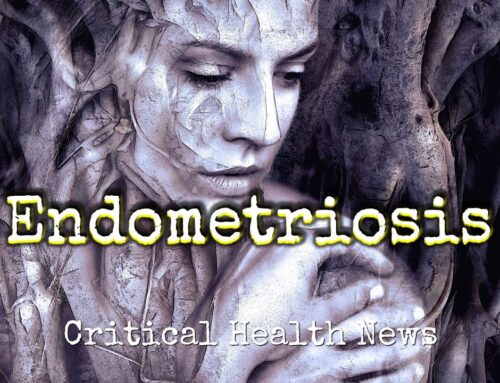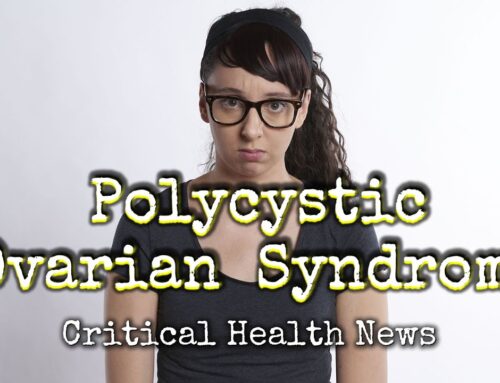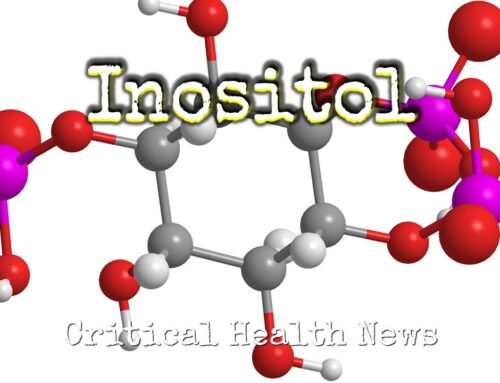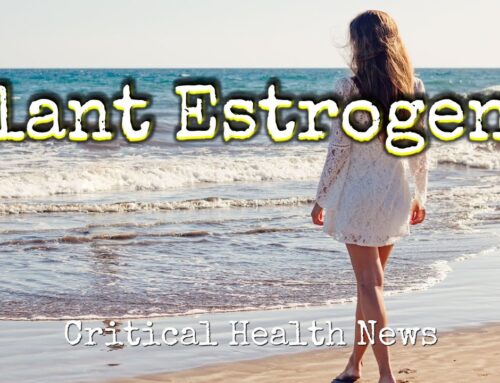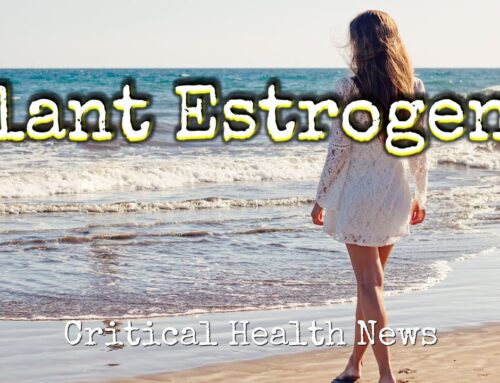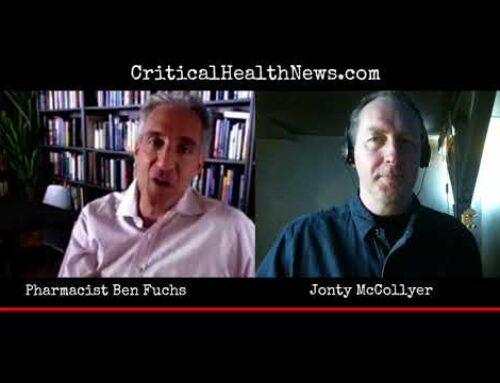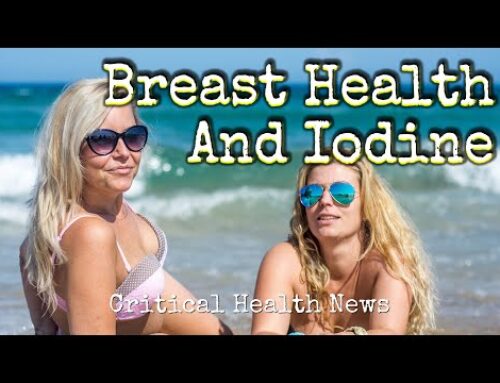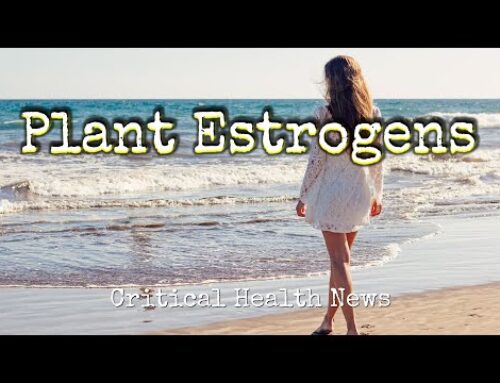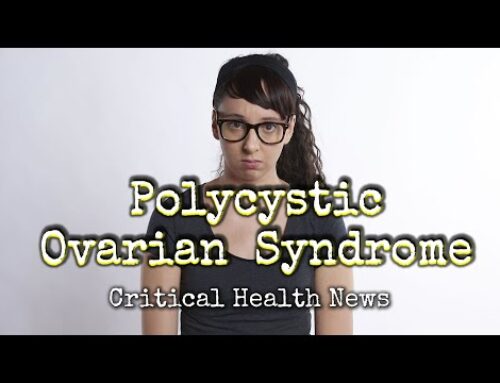Estrogen, known as a female hormone, is actually produced by both men and women. It’s the most potent of the steroid hormones. When it is not metabolized by the liver and eliminated from the intestine quickly, it can build up and toxicity can ensue.
To compound this problem, many artificial and natural chemicals, including drugs, plastics and plant molecules can act like estrogen and add to the toxic load for this potent biochemical.
One of the more unpleasant manifestations of this excess estrogen and its derivatives is a condition called endometriosis, a painful pathology that effects almost 2 million American women and is marked by overgrowth of tissue that lines the uterus. This hyperpoliferation can occur anywhere and the end result is a sticky gluey mess that can effect every bodily system and structure, most often in the lower abdomen and pelvis. Endometriosis patients can suffer debilitating and agonizing pelvic cramping, heavy painful periods and infertility.
While the medical strategy for dealing with this condition is a hysterectomy, this should be performed only as a last resort. It’s always best to start with nutritional supplementation, especially essential fatty acids, vitamin A, vitamin C, vitamin E, the minerals zinc, selenium and sulfur. Fat malabsorption issues should be addresses and intake of processes foods and sugar should be minimized.
Topical progesterone can also be beneficial. According to a 2016 article published in the Journal of the Public Library of Science, progesterone, the non-toxic hormone, which is known to oppose and balance the effects of estrogen can alleviate endometriosis symptoms.

